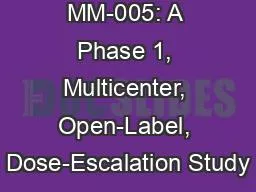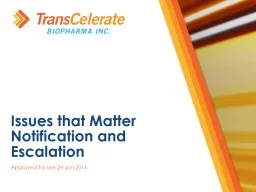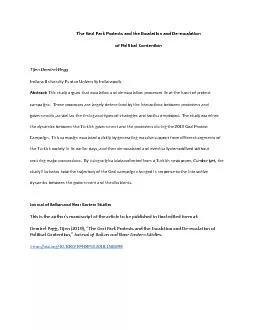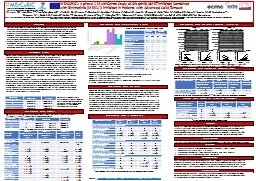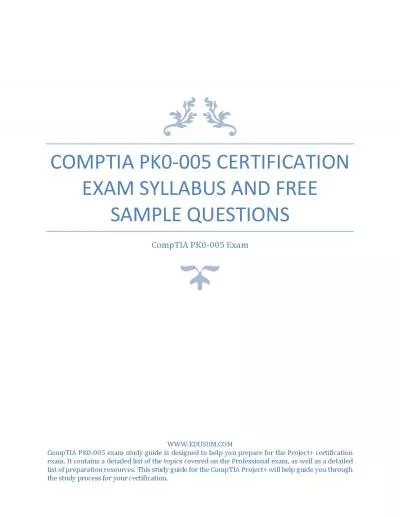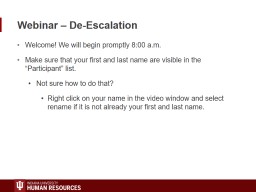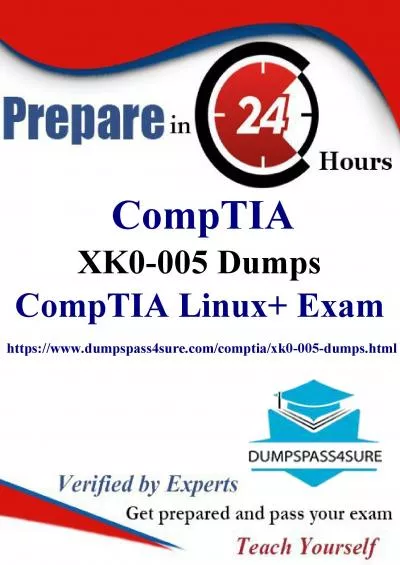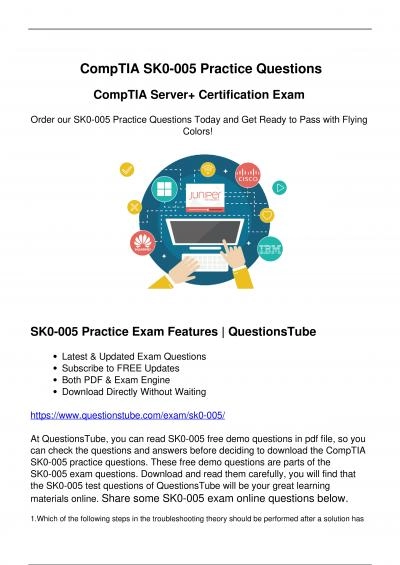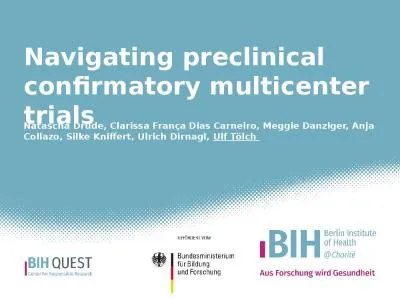PPT-MM-005: A Phase 1, Multicenter, Open-Label, Dose-Escalation Study
Author : chiquity | Published Date : 2020-06-16
to Determine the Maximum Tolerated Dose for the Combination of Pomalidomide Bortezomib and Low Dose Dexamethasone in Patients with Relapsed or RelapsedRefractory
Presentation Embed Code
Download Presentation
Download Presentation The PPT/PDF document "MM-005: A Phase 1, Multicenter, Open-Lab..." is the property of its rightful owner. Permission is granted to download and print the materials on this website for personal, non-commercial use only, and to display it on your personal computer provided you do not modify the materials and that you retain all copyright notices contained in the materials. By downloading content from our website, you accept the terms of this agreement.
MM-005: A Phase 1, Multicenter, Open-Label, Dose-Escalation Study: Transcript
Download Rules Of Document
"MM-005: A Phase 1, Multicenter, Open-Label, Dose-Escalation Study"The content belongs to its owner. You may download and print it for personal use, without modification, and keep all copyright notices. By downloading, you agree to these terms.
Related Documents

